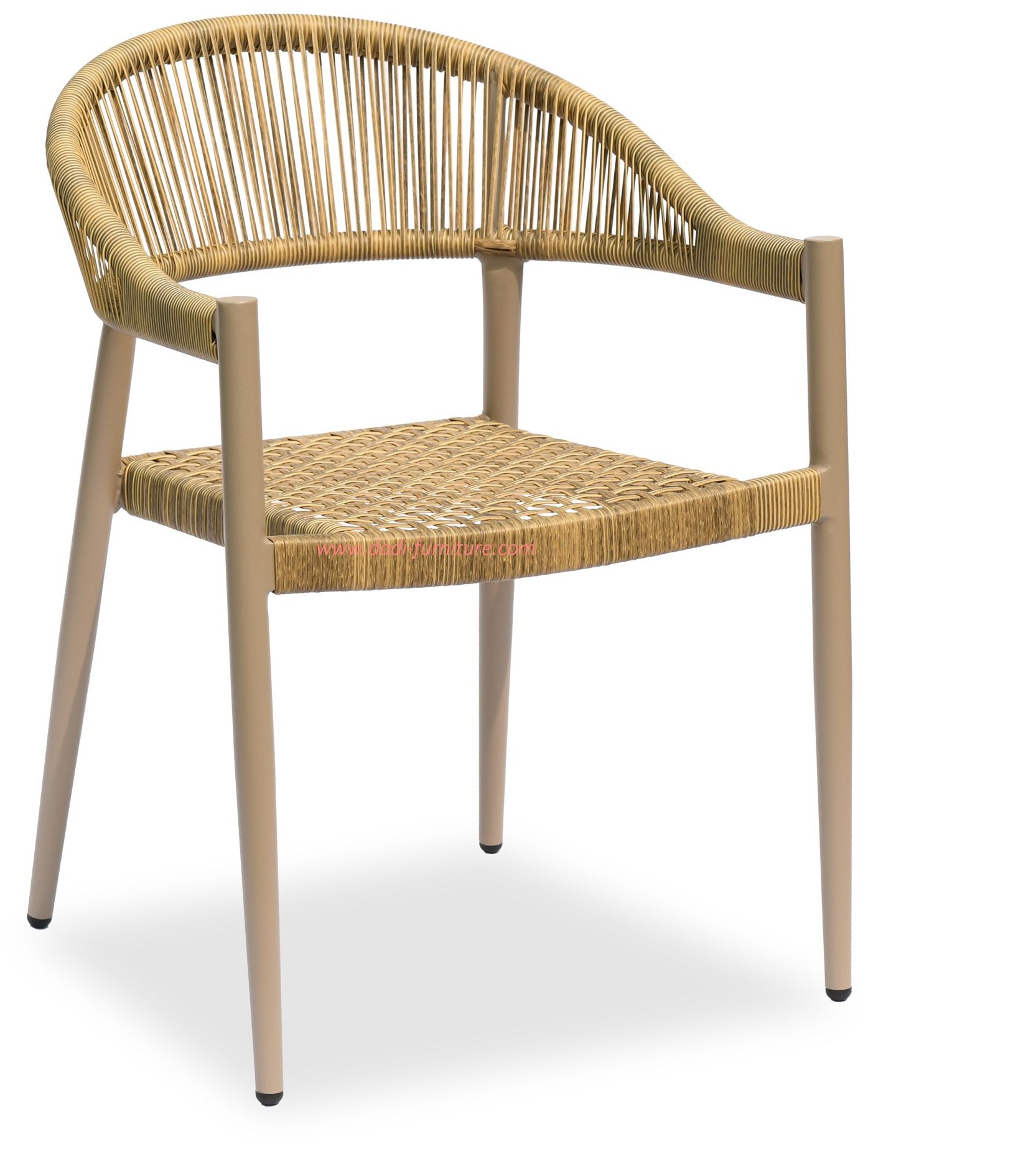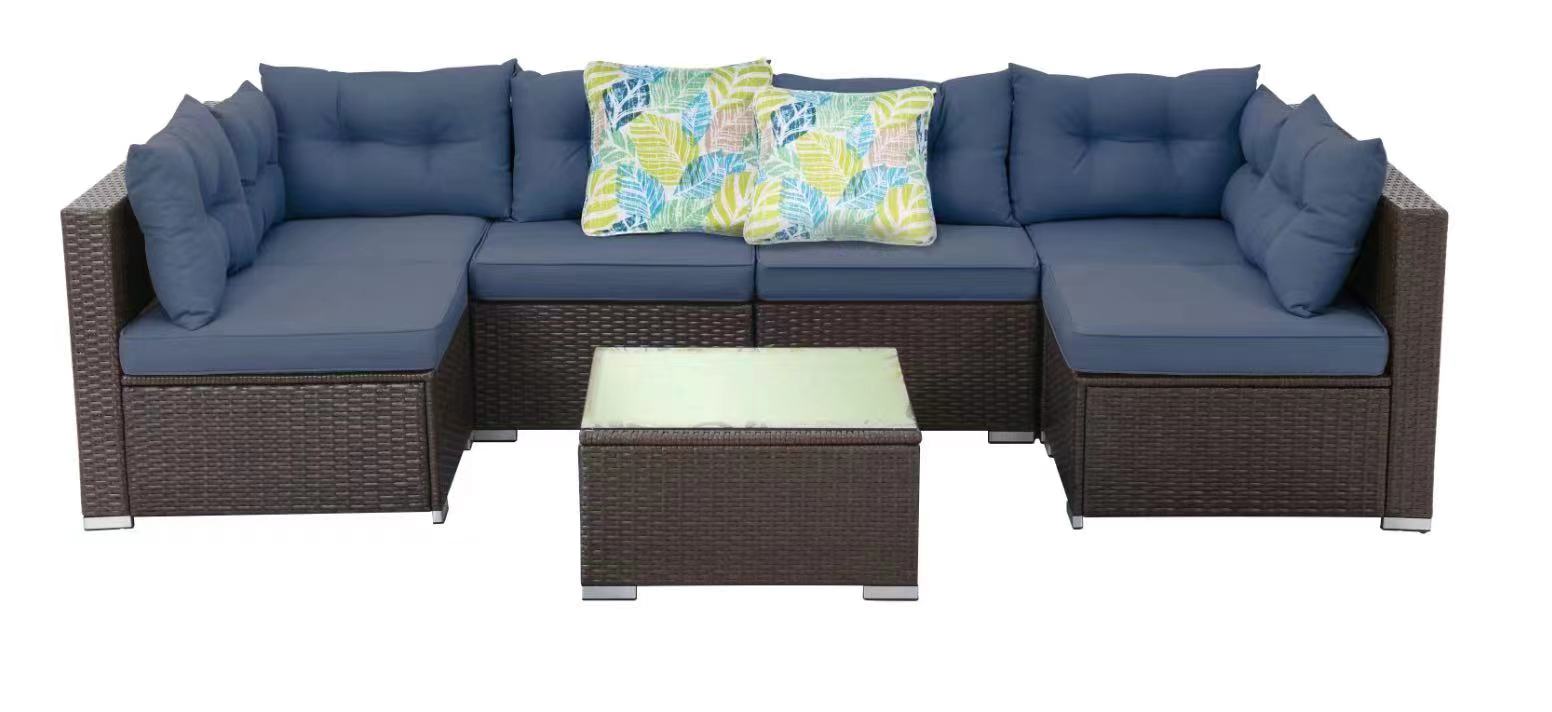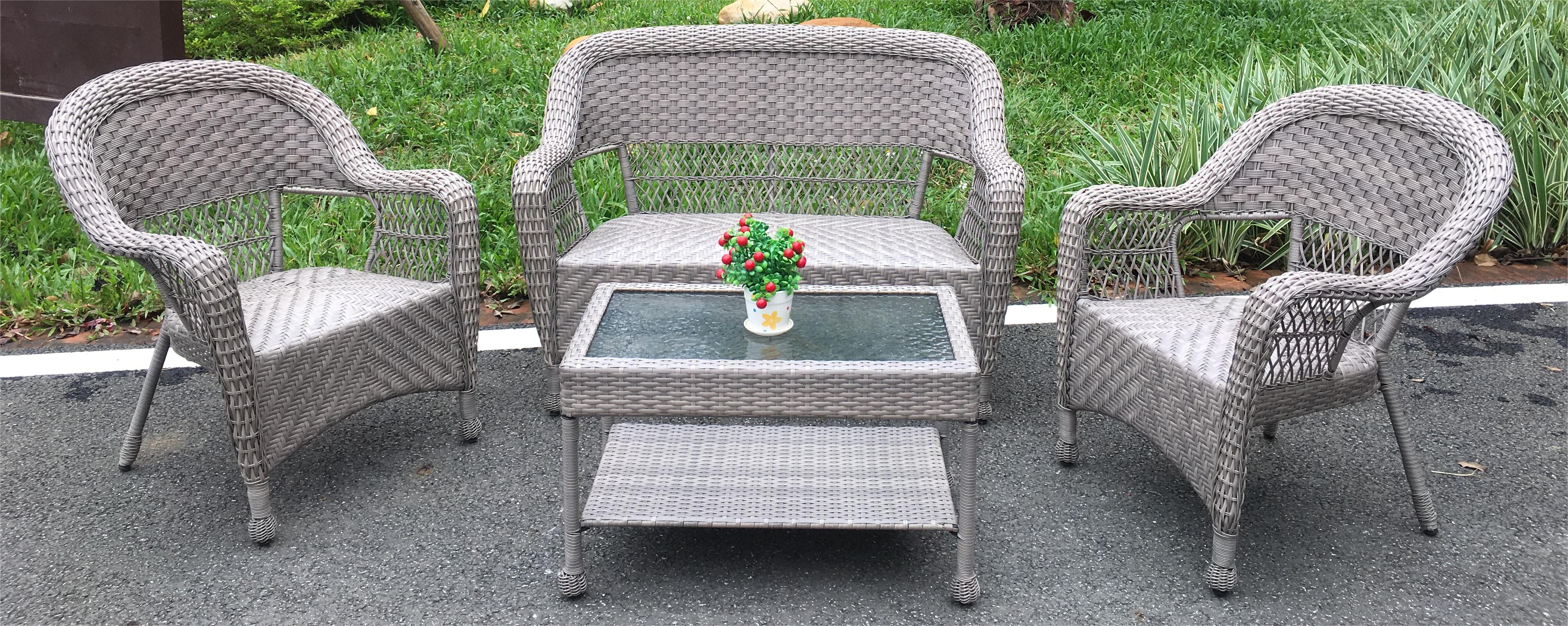


Contact Person: Zoe Zhou
Tel:86-020-84784703
Fax:86-020-34790668
WhatsApp: 0086-17811581572
Wechat: 0086-17811581572
E-mail: [email protected]
Add:No. 25, Shinan Road, Shen Village, Dashi Street, Panyu District, Guangzhou
According to QYResearch, the global outdoor furniture market sales reached $22,685.9 million in 2023, and it is projected to reach $26,751.13 million by 2029, with a compound annual growth rate (CAGR) of 2.79% from 2023 to 2029
Outdoor furniture refers to a series of tools designed for public outdoor activities in open or semi-open spaces, aiming to facilitate people’s health, comfort, and efficiency. It encompasses four main categories relative to indoor furniture: urban public outdoor furniture, courtyard outdoor leisure furniture, commercial outdoor furniture, and portable outdoor furniture.
In recent years, the global outdoor furniture industry has maintained rapid growth. Overall, against the backdrop of global economic recovery, the demand for the global outdoor furniture market is expected to continue growing in the coming years. The outdoor furniture sector will exhibit diverse development patterns, with a richer variety of products, increased industry and brand concentration, and highlighted regional characteristics. Additionally, product trade is experiencing rapid growth.
According to QYR (Hengzhou Bozhi) statistics and forecasts, the global outdoor furniture market achieved sales of $22,685.9 million in 2023, and it is projected to reach $26,751.13 million by 2029, with a compound annual growth rate (CAGR) of 2.79% during the period from 2023 to 2029. Let’s delve into some key insights:
-
China’s Growing Market:
- China has emerged as the world’s largest producer and exporter of outdoor furniture.
- In 2023, the Chinese outdoor furniture market size was $1,288.34 million, accounting for approximately 5.68% of the global market. By 2029, it is expected to reach $2,368.08 million, representing 8.85% of the global market share.
-
Consumer Trends and Market Dynamics:
- The COVID-19 pandemic has influenced lifestyle choices, with home-based activities gaining prominence. Outdoor furniture demand has increased due to the growing preference for outdoor living spaces.
- The concept of extending outdoor living areas as the “fifth space” has gained maturity, attracting potential consumers in Europe, the Americas, and Asia.
- Outdoor leisure furniture has evolved beyond basic folding chairs and beach loungers. Multifunctional sets, including rocking chairs, recliners, swings, and sofa combinations, are now popular among consumers.
-
Design Trends:
- Outdoor furniture design trends emphasize simplicity, natural aesthetics, and versatility.
- Color patterns follow fashion trends, while soft cushions and pillows enhance comfort and highlight the value of the furniture.
- Mixing and matching various materials—such as metal, plastic rattan, and wood-like plastics—allows for personalized outdoor living styles.
-
Market Segmentation:
- Dining tables and chairs play a significant role, projected to account for 41.04% of the market by 2029.
- Online sales are gaining traction, with an approximate 6.39% CAGR from 2022 onwards.
-
Material Choices:
- Outdoor furniture must withstand harsh conditions. Key material categories include:
- Durable and flexible metals (steel or aluminum).
- Naturally shaped plastic rattan products.
- Wood-like plastics.
- Simulated materials are on the rise due to health, sunlight, and lifestyle trends.
- Outdoor furniture must withstand harsh conditions. Key material categories include:
-
Global Trade and Production:
- China dominates both production and consumption of outdoor furniture.
- In 2022, China produced 268,653.7 thousand units of outdoor furniture.
- The global trade of outdoor furniture has been increasing, with China as the leading exporter.
In summary, the outdoor furniture market is poised for continued growth, driven by changing lifestyles, consumer preferences, and innovative designs. As the industry evolves, companies must adapt to emerging trends and deepen their market development strategies






